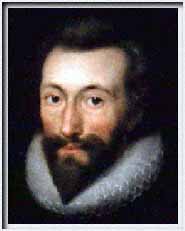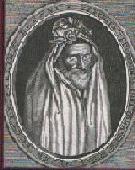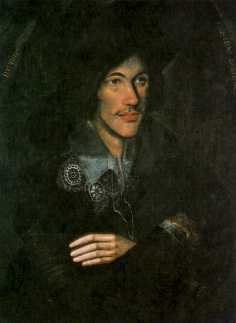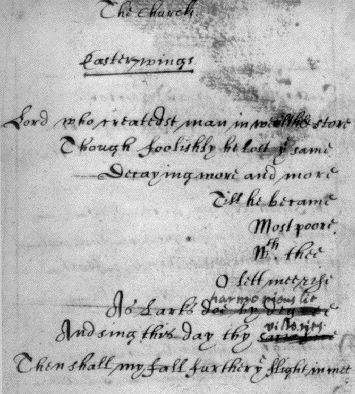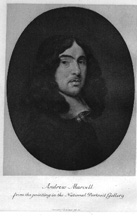JOHN DONNE (1572-1631)GEORGE HERBERT (1593-1633)ROBERT HERRICK (1591-1674)ANDREW MARVELL (1621-1678)
Traditional Concepts of Love Metaphysical Poetry & Platonic Love Rubens' Paintings in comparison with Caravaggio &Rembrandt |
Rubens and his young wife, Helene, the couple at the far left, are shown in a garden, about to join a group of obviously loving couples. [Rubens' own house in the background, and Venus and cupids on the left] ... The colors are soft and warm, light, gay, ripe, and sensous. The figures melt into each other in a soft, flowing rhythm. ...The courtly man in the broad-brimmed hat introduces us to a world that will be, more and more, the subject of art--a golden time without pian or anxiety. (from The Humanities 4th ed. p. 136). |
